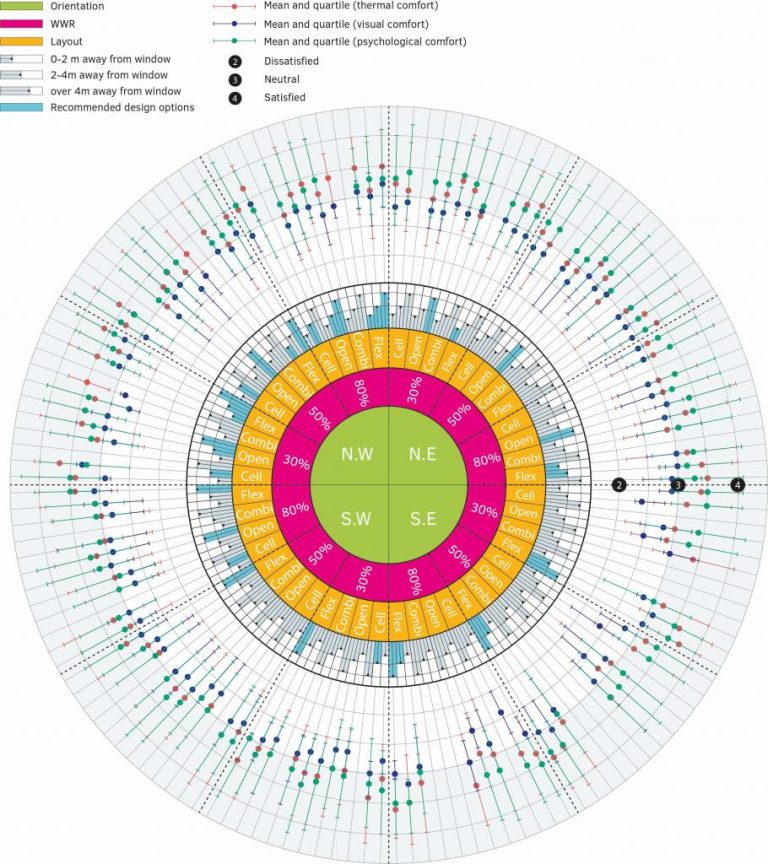More and more old buildings are made energy neutral. However, users are often dissatisfied with the outcome. Minyoung Kwon made a practical guide.
Minyoung Kwon: “I want to provide the user with comfortable spaces.” (Photo: Minyoung Kwon)
Many offices in the Netherlands date from the 1960s and are renovated to increase energy efficiency to get energy label A. In the end though, users are often dissatisfied, found doctoral candidate Minyoung Kwon. With this in mind, she developed design principles based on user satisfaction.
While studying architecture, Kwon was already more interested in how office workers use a building than in the aesthetics of it. “Besides considering the aesthetics and the practical, economic and environmental aspects, I wanted to improve the experience of the user and to provide them with comfortable spaces.”
Kwon studied five office buildings from the 1960s that were renovated in around 2010 and asked 570 people how they liked the building. She asked if they were satisfied with the appearance and the thermal and psychological comfort.
Window expectations
“Surprisingly, I found that although people think they like sitting next to windows, according to the survey, people sitting next to windows were often dissatisfied with the thermal and visual comfort,” says Kwon. Sunlight reflects on computer screens, so they often cover the windows and they feel cold when sitting next to the window. Kwon found that sitting two or three metres away was better for user satisfaction.
Kwon measured the indoor temperature, humidity, and lighting in different seasons and asked if people were satisfied. She found that people said that they were comfortable rather than satisfied. “People can be comfortable at a certain temperature. But if you ask if they are really satisfied, they often prefer it a little warmer or cooler.”
Flexible offices
One of the questions in the survey concerned the type of office space. The open space was the least favourable. People are bothered and distracted by speech they can recognise, like a phone conversation. Flexible offices were the most favourable. Kwon: “Here you can decide to sit together or find more privacy in separate rooms.”
Overview of the user satisfaction of orientation, office layout, desk location and window-wall ratio. (Image: Minyoung Kwon.)
Her final chart shows an overview of the preferred office layout, orientation, desk location, and window-to-wall ratio. Work efficiency decreases if people are not satisfied, says Kwon. Therefore, user satisfaction is important for architects, interior designers, and facility managers.
- Dr Kwon, Minyoung, Energy-Efficient Office Renovation: Developing design principles based on user-focused evaluation, PhD supervisors: Prof. Andy van den Dobbelsteen, Prof. Ulrich Knaack and Dr Hilde Remoy. Defence 20 January 2020.
Sija van den Beukel / Freelance journalist




Comments are closed.